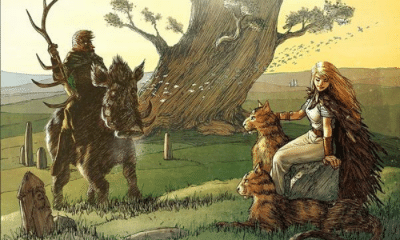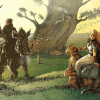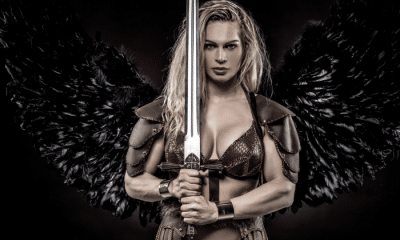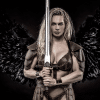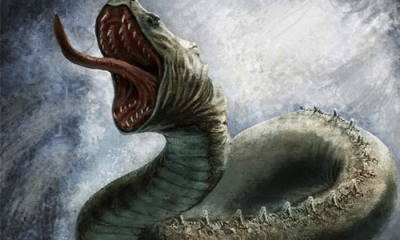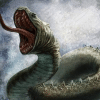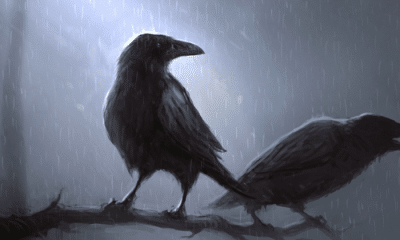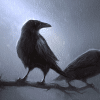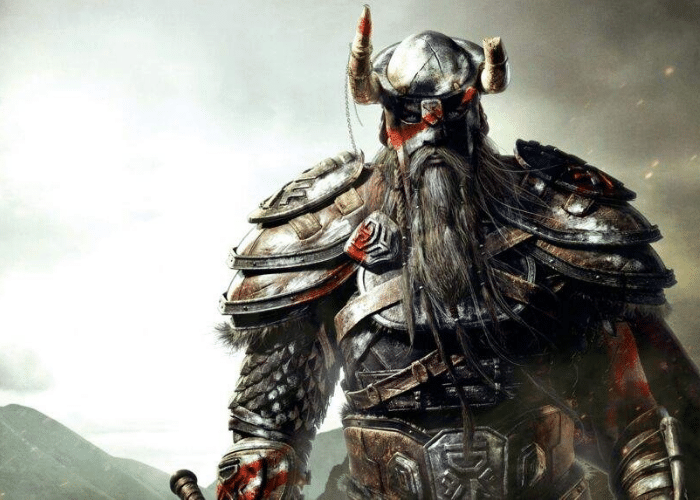
Norse
The Einherjar: Odin’s Bravest Warriors
The Einherjar: Odin’s Bravest Warriors
Read on to learn about the brave warriors, the Einherjar, who spent their afterlife fighting and feasting in Valhalla.
In Norse culture, which afterlife a soul was sent to depended on the circumstances of their death. While most people were consigned to Hel, a few earned a more glorious life after death.
The most illustrious afterlife was in Valhalla. There, those who had died honorably in battle resided in Odin’s great hall and spent their days doing what they enjoyed most in life.
These honored souls staged a combat amongst one another every day. After fighting, they returned to the hall each night for an endless feast of rich meat and strong mead.
The Einherjar, as these fallen fighters were called, were highly favored by the gods. In turn, they were devoted to Odin.
This devotion, however, would ultimately mean that the Einherjar were defeated in their final battle. When they rode beside Odin at Ragnarök, they would be utterly destroyed.
The Einherjar were legendary warriors in death, but some historians believe that they may have been inspired by a group of living men. Long before the Viking Age, devotees of Odin fought with such ferocity that their victims believed the dead had come to hunt them.
The Einherjar of Valhalla
The Norse people did not believe in a single afterlife. Instead, they thought that the soul’s place would be determined by the person’s manner of death.
The most illustrious afterlife was reserved for those who died in battle. Men who died honorably, and most often violently, were singled out for the ideal Norse life after death.
After a battle, Odin’s assistants would visit the battlefield. The Valkyries would choose half of the fallen to join the Einherjar in Valhalla.
The other half would be sent to Freya’s hall at Fólkvangr. This was an illustrious afterlife, but these warriors were still not as revered as the Einherjar.
In Valhalla, Odin’s great hall, the Einherjar enjoyed an immense feast every day. Each morning the giant boar Saehrímnir was slaughtered and the Einherjar feasted on roast pork. No matter how many warriors came to Valhalla, there was always enough meat for them all.
A goat named Heiðrún stood atop the fall. When she was milked, strong mead came from her udders and the Einherjar were able to drink their full during their feasts.
Their days were not entirely filled with feasting, however. Before the nightly feast, Odin’s warriors enjoyed their favorite form of entertainment.
The warriors of Valhalla dressed in armor every morning and fought in the courtyard. Those who fell in these daily battles would be resurrected in the hall in time for drinking and feasting through the night.
These entertaining battles also served as training for the Einherjar’s ultimate duty.
When Ragnarök began, the Einherjar would join Odin and the gods in their battle. Odin would lead the armies of Asgard in golden armor and the valiant Einherjar would follow him.
Ragnarök would be these men’s most illustrious moment, but it would also be their last. The brave warriors of Valhalla would die, along with Odin, in battle with the great wolf Fenrir.
My Modern Interpretation
The word Einherjar directly translates as “those who fight alone,” but many historians believe that the title originated with another meaning.
In the 1st century AD, the Roman writer Tacitus wrote about a Germanic tribe known for their strength and savagery in war. These people caused panic by attacking at night and painting their bodies and shield black.
According to Tacitus, this tribe was called the Harii. This likely comes from the Germanic word herjar, which is also found in the Einherjar.
Historians believe that the Harii were not a tribe, but a specific fighting group. Such a group of warriors would have been committed to Odin, the king of the Aesir and the god of sacrifices in war.
Tacitus described the Harii as a ghostly army. They were the living images of the Einherjar, the dead who fought on Odin’s behalf.
The records of the Einherjar were written many centuries after Tacitus described the shadowy fighters he called the Harii. While it is impossible to say exactly when the myth of Valhalla’s warriors emerged it is likely that, like much of the story of Ragnarök, they evolved later in history.
Therefore the Harii likely predated the myth of the Einherjar. Even if a belief existed that warriors would go to Odin’s hall after their deaths, the details of their feasts and role in the end of the world were not yet written.
Scholars therefore think that the Einherjar may have been inspired by the Harii and similar fighting groups.
The terms of death that Tacitus uses to describe the Harii would have likely been apparent to eyewitnesses as well. Attacking by night and painted black to remain unseen, the Harii would have seemed “so unexpected and hellish” that they hardly resembled living men.
Tacitus also claimed that these warriors were exceptional in both their strength and ferocity. This description is common in records of warriors who dedicated themselves specifically to Odin.
The Norse believed that magic made those who fought in Odin’s name particularly strong and resilient. Modern psychology instead believes that it was religious fervor, possibly combined with the use of psychotropic drugs, that made the Norse berserkers so terrifying in battle.
Historians believe that the Harii described by Tacitus belonged to a religious cult that fought in Odin’s name.
In the thousand years that passed between the Roman writer’s time and the first written records from Scandinavia, the Harii passed into legend as the god’s army of undead fighters.
In Summary
The Einherjar were the honored warriors of Valhalla.
The Norse believed in different afterlives depending on the circumstances of a person’s death. Those who died with bravery and honor on the field of battle had a chance of being chosen to join the Einherjar in Odin’s hall.
Each day, the Einherjar would dress for battle and fight one another for entertainment. At night they would return to the hall for endless feasting with roasted meat and plentiful mead.
When Ragnarök began, the Einherjar would ride out of Valhalla behind Odin. They would die alongside him, fighting Loki’s monstrous son Fenrir.
Some historians believe that the Einherjar may have been inspired by a group of early Germanic fighters.
Tacitus, a Roman writer in the 1st century, described a group he called the Harii. They were exceptionally strong fighters who attacked in darkness to strike terror into their foes.
The description of the Harii is similar to other groups that used battle as an expression of their religious devotion. Dedicated to Odin, they offered the blood of those they fought against as a sacrifice to their god.
The Harii attacked like ghosts, which may have inspired the Einherjar as ghostly warriors. Their connection to Odin was a remnant of this earlier cult’s own devotion.


